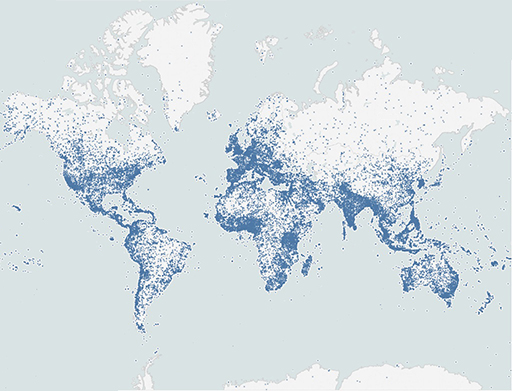

The team then builds the power system using the simulation packages and presents the system to the class at the end of the semester.īelu goes on to describe the specifications for solar radiation and wind speed data, the load profile and system optimisation. Each group is given partial specifications for a renewable energy conversion application. Each team takes charge of a hybrid power system – they can propose a project or be assigned one by the teacher. Students are required to for a team of 3-4 by their preference. HOMER Energy - Hybrid Renewable and Distributed Generation Power System Design. It uses life-cycle cost to rank order the suggested systems.īelu describes the implementation of this simulation system in a 10 week renewable course for students. Teaching staff will be available to give assistance during each of the. It requires the data input of: electrical loads (one year of load data), renewable resources, component technical details and cost, constraints, controls, type of dispatch strategy etc. It can enable the design and analysis of hybrid power systems for stand-alone and grid-connected applications. REAP hires a new staff person to bring together K-12 teachers, university professors and vocational professionals interested in clean energy development. It takes weather conditions, fuel costs, load demand, capacity ranges, and carbon emissions constraints to find the optimum system. Our products feature comprehensive functionality and automation capabilities that save your staff time, optimize business operations, and provide powerful and. It can be programmed to use various energy resources for economics and sizing to delineate the most suited combination to meet load demand and user requirements. It can be configured to analyse and model micro-power and hybrid power systems’ configurations.

#Homer energy staff software#
HOMER is one of the most popular software systems for evaluating hybrid power and renewable energy systems The HOMER software simulation includes and achieves the following: He then goes on to discuss the use of HOMER in teaching renewables and sustainable design. Belu introduces the article by discussing the need and development of renewable energy technologies and he follows that by detailing the renewable energy technology course contents at the university he works at. The HOMER (Hybrid Optimisation Model for Electric Renewable) software package is presented for its contribution as a valuable tool for teaching renewable energy education, design, modelling and analysis of renewable energy systems. Results also show that the hybridization of the standard diesel generating system increased the reliability and cost-effectiveness of the power system, saving $0.316 for every kWh of electricity generated, with about 1,521,310 kg of CO 2 emission avoided annually.This study is concerned with the teaching of renewable energy systems in the realm of third level engineer undergraduate programs.

He lives in the town of Springfield with his wife and three children, and usually works as a nuclear power plant safety inspector, although over the years he has taken on many other jobs, such as being a food critic and a bodyguard. Our results show that for a projected period of 25 years, the selected hybrid power system for electrification of a housing estate will cost 10.2 million USD for a daily load of 4876.5 kWh, and the cost for every kWh of electricity generated is $0.4574. Homer Jay Simpson is the main protagonist of the animated sitcom series, The Simpsons, and one of the most recognizable cartoon characters of all time. As a final remark, the sustainability of the proposed hybrid energy system has been analyzed based on some key indicators to understand the implications of a design choice on electrical production, CO 2 emission and cost of energy. Sensitivity analyses have been performed to evaluate operational risk in the actual operation as well as the cost-effectiveness of the proposed system. For each design, the power system has been optimized to determine the maximum electrical output at a low cost. Several designs have been studied for the hybrid system by varying the PV slope and wind turbine hub height under different dispatch strategies to supply the load. This paper focuses on the techno-economic feasibility and sustainability of a PV/wind/diesel hybrid system designed for decentralized power supply.


 0 kommentar(er)
0 kommentar(er)
